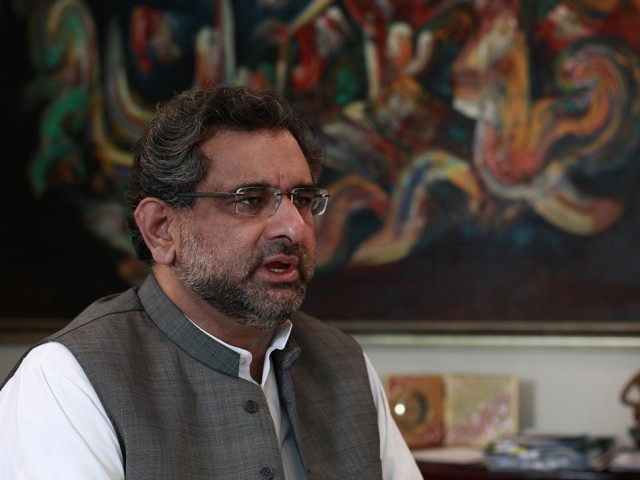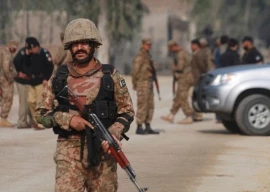
At a press conference held in Islamabad, the minister said a new geo-scientific study reveals that there are technically recoverable shale reserves of 95 trillion cubic feet of gas and billions of barrels of oil - many times more than its existing conventional petroleum reserves.
Pakistan is no longer just a net importer of oil and its products. This year marked the first time the country imported gas in shape of LNG to meet the burgeoning demand.
With the onset of winter, authorities have yet again cautioned the industry about gas outages as households in northern parts will consume more to run heaters and geysers.

The USAID-funded study had the patronage of the office of Director General Petroleum Concession. Advance Engineering Associates International (AEAI) was contracted for the job.
But the actual research was carried out by LMKR in partnership with Nutech Energy Alliance.
Abbasi insists the study, which spanned over one year and nine months, was comprehensive enough to make such an assessment. “Hard cores from 1,300 wells were examined for the purpose,” he told The Express Tribune.
A core is basically a sample of rocks drilled out of a prospective site to conduct tests before making actual investment.
Unlike previous disclosures, like the one made by the US Energy Information Administration (EIA) in 2013, this one is more credible, Abbasi said.
“Cores were collected from conventional wells but all of them were near shale formations.”
But industry people including some of the leading petroleum geologists are sceptical about the claim. None wanted to come on record.
“Such a claim is outrageous. It’s all conjectural at the moment,” said an official. “Only one company, Pakistan Petroleum Limited, has drilled out around four rock cores from different wells.”
Those cores are still being studied to determine if shale gas in the reserve is commercially recoverable.
Previous EIA projection was based on scanty data from an article published in 1986 in the AAPG Bulletin, volume 70.
It focused on overall petroleum potential of southern Indus rather than shale gas and oil, a resource which was not known at that time.
According to that article, there had been five commercial oil finds and one gas discovery in conventional Cretaceous-age Goru Formation and three more finds in shallower formations.
Abbasi said the government realises the challenge, especially when imported LNG is costing $7 per (mmbtu) whereas shale gas would be 50% more expensive than that.
“We are working on a pricing mechanism. OGDC and PPL have been asked to drill wells to find out the costs. We will add reasonable IRR to that and then come up with a policy.”
Published in The Express Tribune, November 24th, 2015.
Like Business on Facebook, follow @TribuneBiz on Twitter to stay informed and join in the conversation.

















COMMENTS
Comments are moderated and generally will be posted if they are on-topic and not abusive.
For more information, please see our Comments FAQ